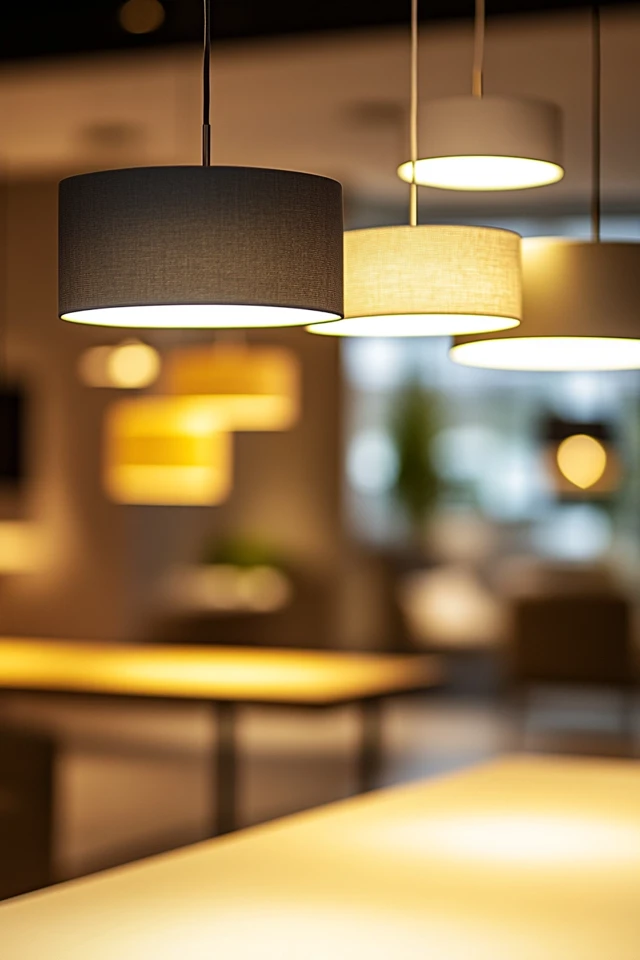Lighting is the unsung hero of interior design. While furniture and decor steal the spotlight, lighting quietly works its magic, transforming a room’s atmosphere and functionality. One of the most effective ways to create a mood-enhancing ambiance is through layered lighting. By combining different types of lighting, you can make a space feel warm, inviting, and versatile.
I’ll never forget the moment I realized the power of lighting. During a home renovation project, I swapped out my old, single overhead light for a mix of recessed lights, table lamps, and a dimmable chandelier. The transformation was instant—my living room went from feeling flat and harsh to cozy and dynamic. Since then, layering lighting has been a non-negotiable in every design I create.
In this blog, I’ll share 10 creative ideas for layering lighting to help you craft the perfect mood for any space.
Why Layering Lighting Matters
Layering lighting means using a combination of three types of lighting:
- Ambient Lighting: The primary source of light that illuminates the entire room.
- Task Lighting: Focused light for specific activities, such as reading, cooking, or working.
- Accent Lighting: Decorative or directional light that highlights key features or adds drama.
Together, these layers create depth, warmth, and functionality.
1. Start With a Dimmable Overhead Light
Why It Works:
A dimmable overhead light allows you to adjust the brightness to suit the mood.
How to Use It:
- Install a chandelier, pendant light, or recessed lights as the main ambient source.
- Use dimmer switches to control intensity for different occasions.
- Opt for warm-toned bulbs for a cozy, inviting glow.
Pro Tip: Choose fixtures with diffusers or frosted shades to soften the light.
2. Add Task Lighting With Table and Floor Lamps
Why It Works:
Task lighting ensures specific areas are well-lit without overpowering the room.
How to Use It:
- Place a table lamp on a side table next to a sofa or chair for reading.
- Use adjustable floor lamps to direct light onto workspaces or seating areas.
- Select lamps with dimmable options to transition from task to mood lighting.
Pro Tip: Choose lamps with shades that complement your decor for a cohesive look.
3. Incorporate Under-Cabinet Lighting
Why It Works:
Under-cabinet lighting is perfect for illuminating countertops and reducing shadows in kitchens or bathrooms.
How to Use It:
- Install LED strips or puck lights under cabinets for a clean, modern effect.
- Use warm white tones for kitchens and soft white for bathrooms.
- Consider motion-activated options for convenience.
Pro Tip: Hide wires and choose low-profile fixtures for a seamless look.
4. Highlight Artwork With Accent Lighting
Why It Works:
Accent lighting adds drama and draws attention to focal points like art, sculptures, or architectural features.
How to Use It:
- Install picture lights above artwork to showcase details.
- Use directional spotlights to highlight sculptures or textured walls.
- Add LED strip lighting behind shelves to create a halo effect.
Pro Tip: Keep the lighting subtle to avoid overshadowing the artwork.
5. Create Ambiance With Wall Sconces
Why It Works:
Wall sconces provide a soft, diffused light that adds warmth and elegance to any room.
How to Use It:
- Place sconces on either side of a fireplace, bed, or mirror for symmetry.
- Opt for adjustable sconces to control the direction of light.
- Use sconces with dimmer switches for added flexibility.
Pro Tip: Choose designs that match your room’s aesthetic—modern, industrial, or classic.
6. Use String Lights for a Playful Touch
Why It Works:
String lights create a whimsical, romantic ambiance perfect for bedrooms, patios, or living rooms.
How to Use It:
- Drape string lights along a headboard, curtain rod, or bookshelf.
- Use fairy lights inside glass jars or vases for a magical centerpiece.
- Opt for dimmable string lights to adjust brightness.
Pro Tip: Look for LED string lights—they’re energy-efficient and cool to the touch.
7. Incorporate Candlelight for Intimacy
Why It Works:
Candles provide a flickering, soft light that instantly makes a space feel cozy and romantic.
How to Use It:
- Group candles of varying heights on trays or mantels for visual interest.
- Use flameless LED candles for safety and convenience.
- Place candles in hurricane lanterns or votives to diffuse the light.
Pro Tip: Scented candles add an extra layer of ambiance with calming fragrances.
8. Layer Pendant Lights at Different Heights
Why It Works:
Pendant lights add visual interest and can serve as both functional and decorative lighting.
How to Use It:
- Hang multiple pendants at staggered heights above a dining table or kitchen island.
- Choose pendants with unique shapes or materials, like glass or metal.
- Use clear bulbs for a modern look or frosted bulbs for a softer glow.
Pro Tip: Stick to odd numbers (three or five pendants) for a balanced design.
9. Add Cove or Recessed Lighting
Why It Works:
Cove lighting creates a subtle, indirect glow that adds sophistication and depth to a room.
How to Use It:
- Install LED strips in ceiling coves, behind crown molding, or under floating shelves.
- Use warm tones to make the space feel inviting.
- Adjust brightness with a dimmer switch for different moods.
Pro Tip: Combine cove lighting with other layers for a fully immersive effect.
10. Incorporate Smart Lighting for Customization
Why It Works:
Smart lighting allows you to control brightness, color, and schedules with ease.
How to Use It:
- Use smart bulbs to change colors and set timers for different activities.
- Program scenes like “Relax,” “Dinner Party,” or “Movie Night.”
- Control your lights via a smartphone app or voice assistant.
Pro Tip: Choose smart lighting systems that are compatible with your existing devices.
Picture Gallery
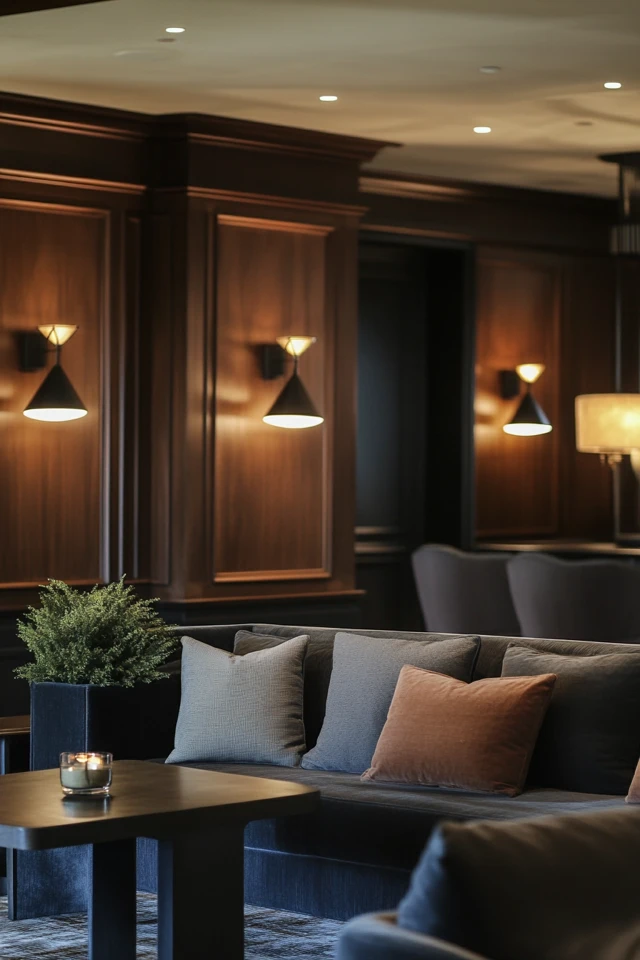
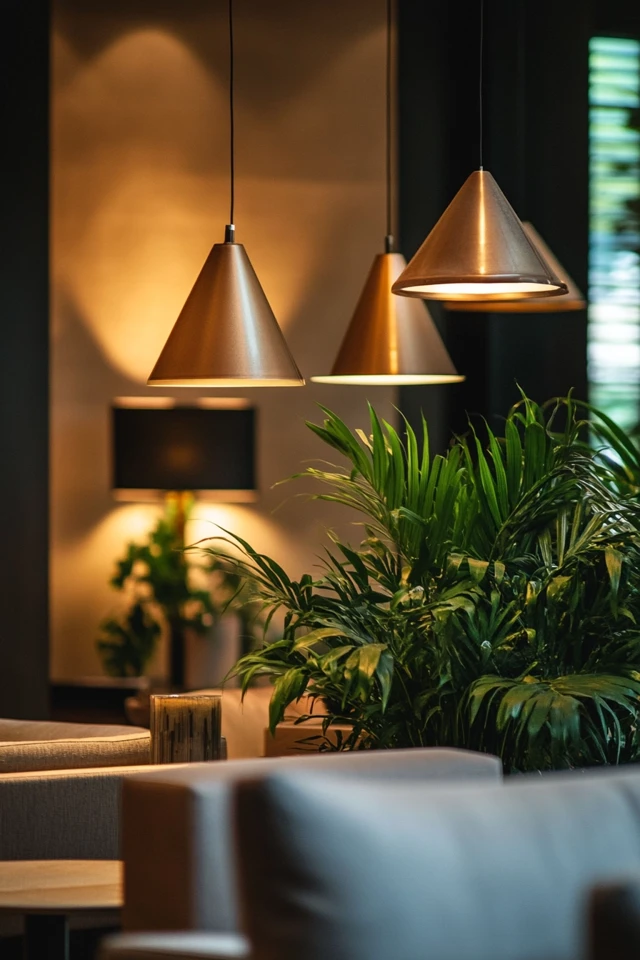
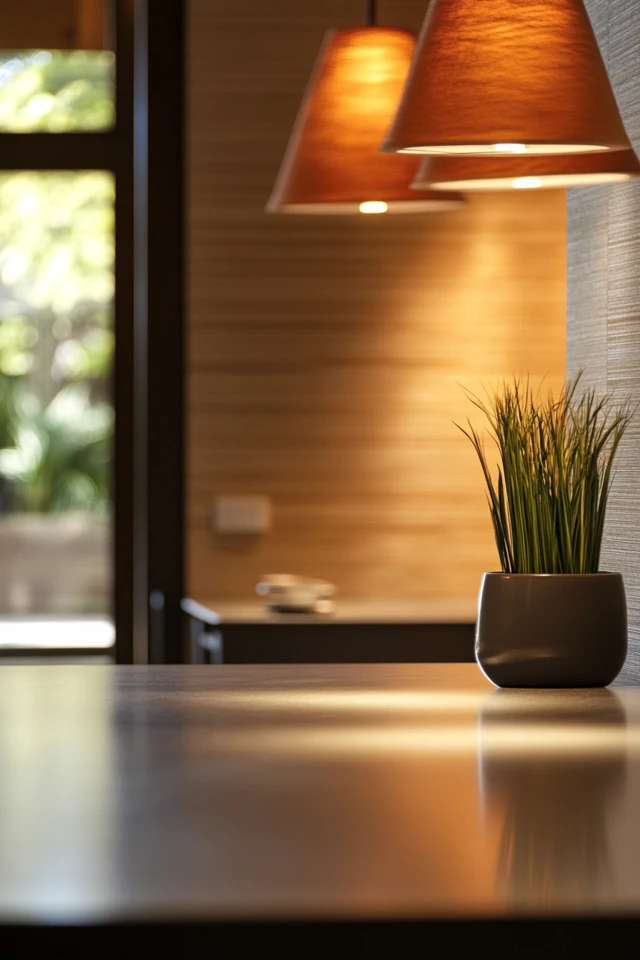
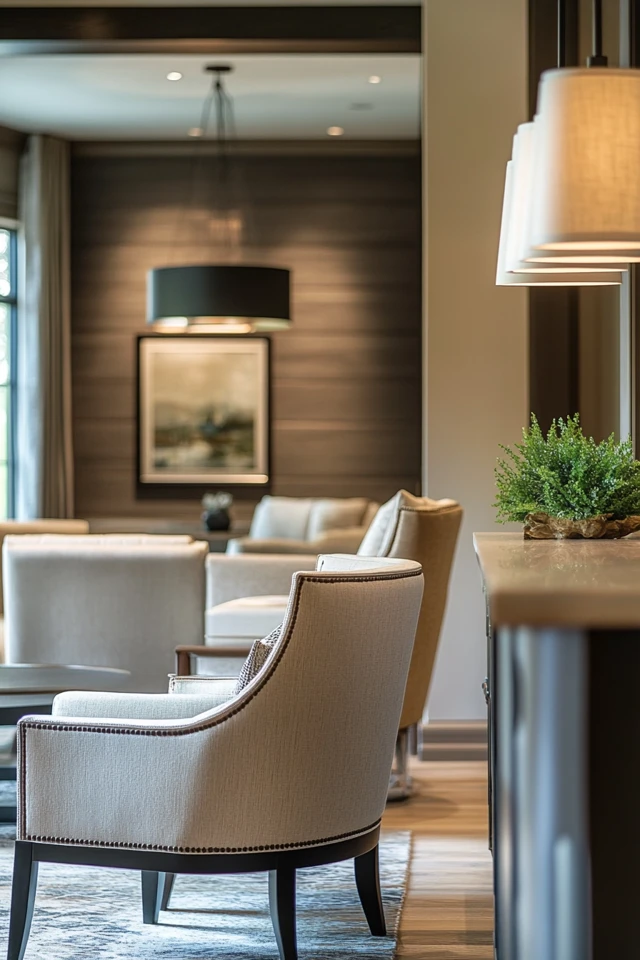
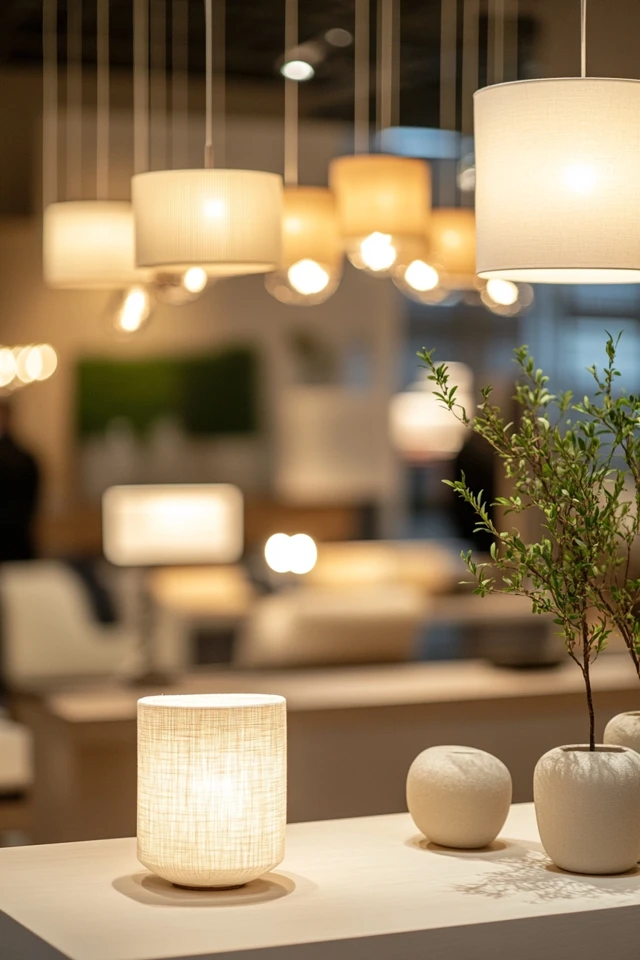
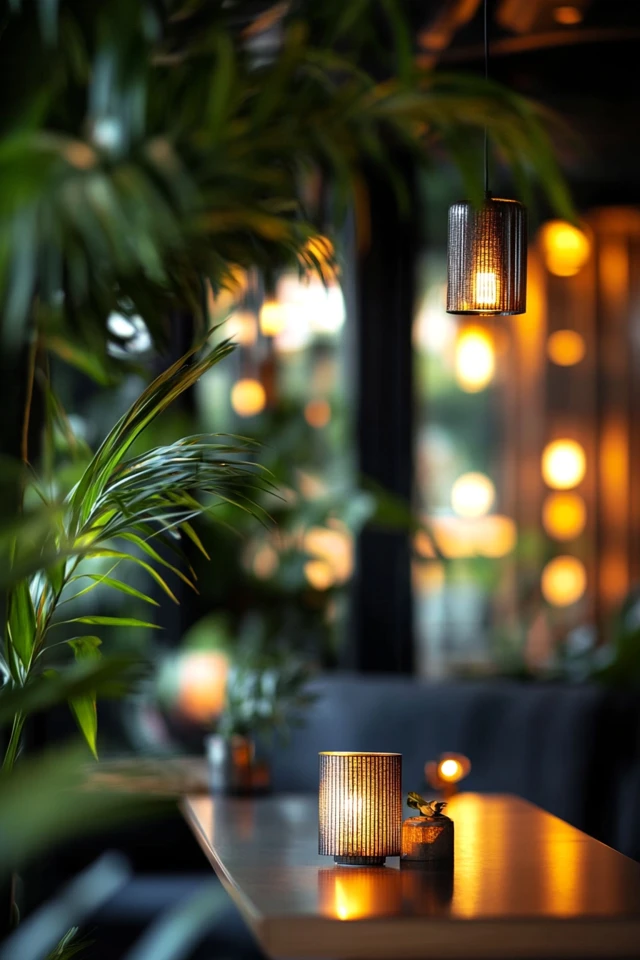
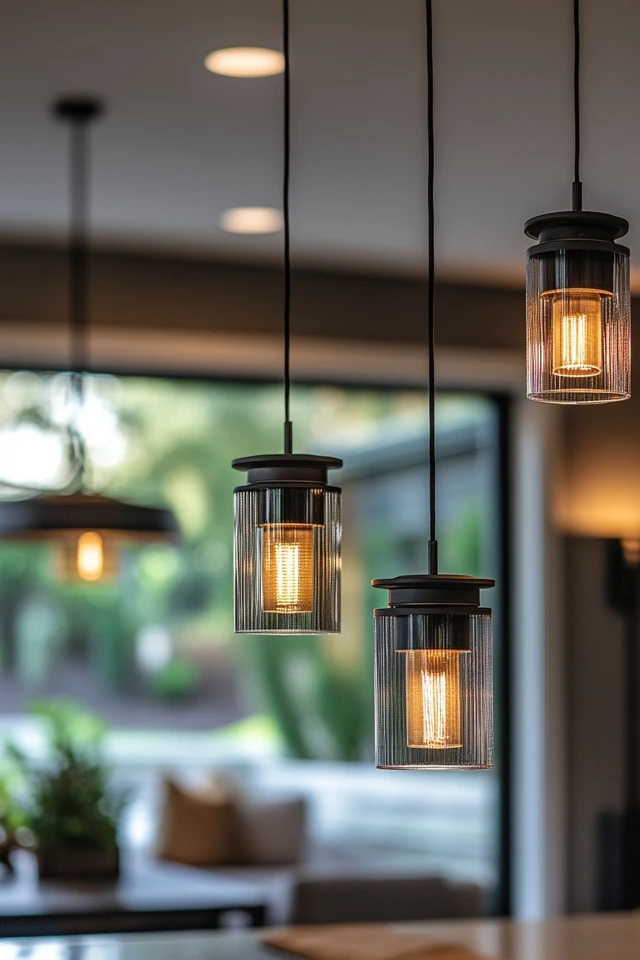
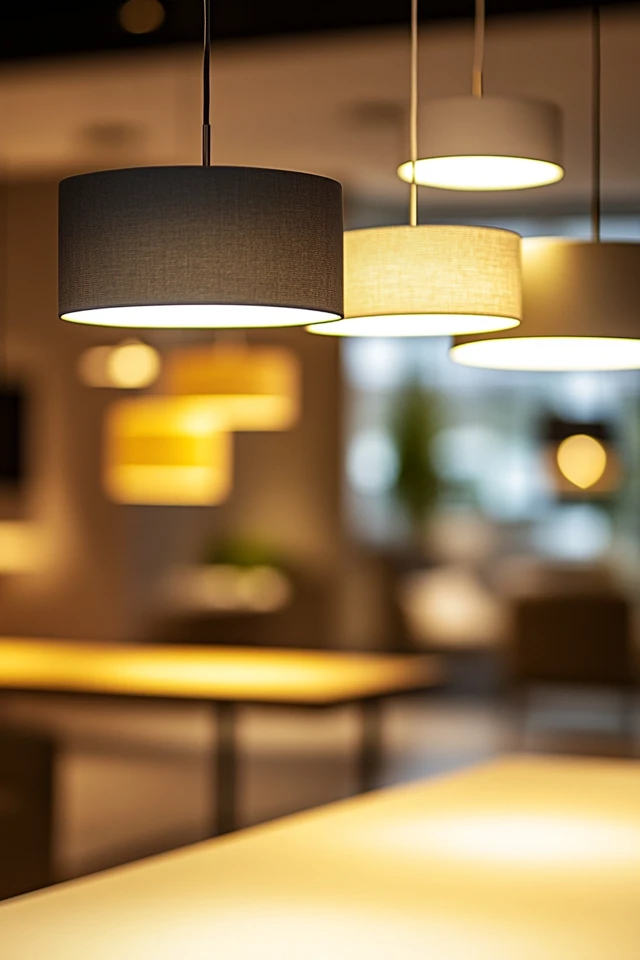
Conclusion
Layering lighting is about more than illuminating a room—it’s about creating an atmosphere that reflects how you want to feel. From a cozy corner for reading to a vibrant space for entertaining, the right combination of ambient, task, and accent lighting can transform your home.
Start small by adding dimmers, layering lamps with overhead lights, or experimenting with accent lighting. Each step brings you closer to a space that feels comfortable, functional, and utterly magical. Lighting isn’t just an afterthought—it’s the secret ingredient that makes a house feel like home.
FAQs
1. What is the most important layer of lighting?
Ambient lighting is the foundation, but task and accent lighting are equally important to create a balanced and functional space.
2. Can I use LED lights for all layers?
Yes! LED lights are energy-efficient, long-lasting, and available in various styles for ambient, task, and accent lighting.
3. How do I choose the right color temperature for lighting?
- Use warm tones (2700K-3000K) for living rooms and bedrooms.
- Opt for cool tones (3500K-5000K) for workspaces and kitchens.
4. What’s the easiest way to add layered lighting without rewiring?
Use floor lamps, table lamps, and plug-in sconces to create layers without the need for hardwired fixtures.
5. How can I set the mood with lighting for different occasions?
Install dimmer switches or use smart lighting to adjust brightness and color based on your activities, like relaxing, working, or entertaining.

